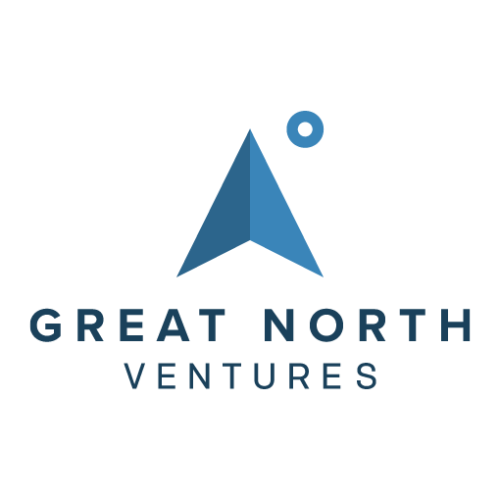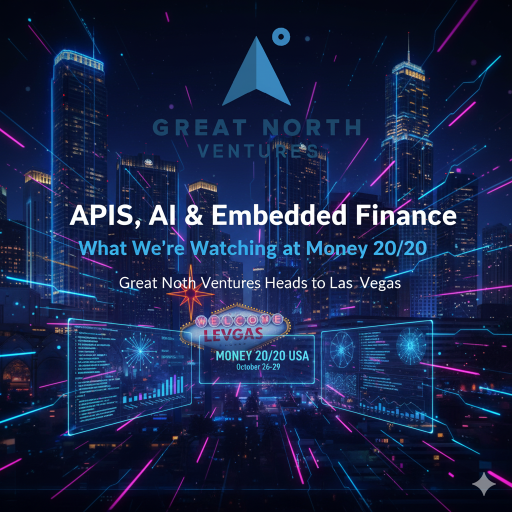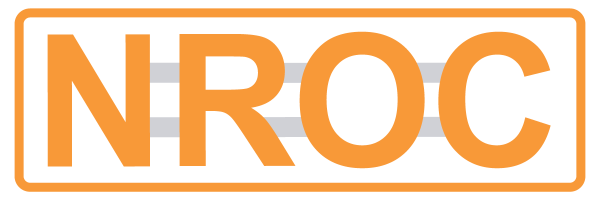As the industry converges on Las Vegas, we’re focusing on infrastructure that helps launch products faster, supports new use cases and durable companies.
With Money 20/20 around the corner, the conversation is shifting from front-end apps to the infrastructure shaping fintech’s future. Fintech’s next wave won’t be defined by the next consumer-facing app. It will be about building the plumbing that makes those tools possible. Such infrastructure lets teams easily spin up new products and features. When obstacles disappear, builders can create remarkable things with minimal effort.
A tech stack that is easy to build on can bring new services to market faster: an API that lets lenders launch credit products in days, a platform that embeds payments directly into industry software, embedded tools that offer instant working-capital advances and so on.
Money 20/20 USA, taking place October 26–29 in Las Vegas, is the right moment to have this conversation. This event has always been about what’s working in the market. Discussions there have centered on the tools, partnerships and models that companies are putting into practice.
This year’s agenda includes sessions on agentic AI, open finance and embedded tools, highlighting practical enablers. Such architecture cuts build times, unlocks new use cases and improves unit economics.
At Great North Ventures, two areas stand out as the most powerful drivers: embedded finance and vertical AI.
Embedded Finance: Software That Moves Money
Embedded finance lets users transact directly inside the software they already use. It’s a major upgrade from legacy systems, which forced users out of their workflows and into banks or third-party portals.
Embedded finance follows how modern software is built, with tools that connect to one another easily without bolt-ons or clunky hand-offs. It’s becoming the default way merchants and other commerce platforms handle payments, credit and payouts. As a result, founders can launch faster and make their products stickier.
A few examples of what this looks like:
- CapitalOS is a spend-management platform for B2B software companies that lets them offer credit directly to their users, handling risk and capital behind the scenes so they don’t have to become lenders themselves.
- LendAPI offers software companies the ability to provide lending and card products to their customers, with APIs that handle origination and servicing, instead of spending months building custom systems or patching together legacy add-ons.
- Sunlight is a card-on-file API that lets fintechs and financial institutions automatically update and manage card payment details across merchant portals. It allows new or replacement cards to work effortlessly as the default payment method wherever a customer shops.
- Yardstik is a background screening and compliance platform with API integrations, built for industries like gig work, staffing and marketplaces.
None of this is possible without APIs. They’re the reason new financial products can launch in days instead of months, and why tools from different providers can fit together without costly, complicated integrations. APIs don’t just save development time: they lower the barrier to experimentation, letting founders test and ship faster while keeping costs down. In a market where speed and efficiency are essential, APIs are the backbone of both embedded finance and vertical AI.
Vertical AI: AI That Does the Work
If APIs are the pipes that connect systems, vertical AI is the brain that makes them useful. It’s built for specific industries, not for one-size-fits-all use cases and zeroes in on the repetitive, industry-specific tasks that eat up time.
A few use cases include:
In accounting, AI can reconcile transactions automatically, matching charges against records in real time so finance teams close their books faster and with fewer errors.
In property management, AI can code invoices and route maintenance requests based on context, cutting down on back-and-forth between staff, contractors and tenants while improving response times for residents.
In insurance, AI can review claims as they’re filed, flagging inconsistencies or errors before they pile up, which means faster payouts for valid claims and fewer losses from fraud.
These kinds of routine, time-intensive tasks are slow and error-prone when handled manually. Vertical AI works in the background inside existing tools, showing its impact in the form of lower expenses, cleaner data and quicker turnaround times. Customers see the payoff almost immediately through cost savings, quicker processes and fewer mistakes.
Panels We’re Watching
Money 20/20’s agenda highlights how infrastructure and AI can help new financial products get to market faster. Perusing the agenda, a few sessions stand out as especially relevant:
- Innovative Banking Starts with Infrastructure: A fireside chat on why modern infrastructure is the foundation for banks to adapt quickly and compete with fintech challengers.
- Embedded Finance: Risks, Rewards and the Road Ahead: A panel that explores how embedded services are reshaping customer expectations and what pitfalls providers should anticipate.
- Beyond Legacy Systems: Building the AI-Powered Financial Tech Stack of Tomorrow: A fireside chat looking at how AI and modern stacks are replacing legacy systems.
- Embedded, Evolved: How Fintech Beat Finserv by Joining It: A panel on how embedded finance has gone mainstream, with lessons for fintechs and incumbents alike.
Let’s Connect at Money 20/20
For founders and operators building in embedded finance or vertical AI, we’re eager to connect in Las Vegas. Whether you’re validating a new product, scaling a platform, or looking for ways to grow sustainably, we want to hear about what you’re building.
Reach out to set up a conversation during the event, or request an invitation to join us at our Monday Night Football Watch Party on October 27th in Las Vegas to connect with peers who are shaping fintech’s future.
At Great North Ventures, we back software that saves time and moves money. Money 20/20 is about the future of financial infrastructure and we’re ready to partner with the teams building it.





